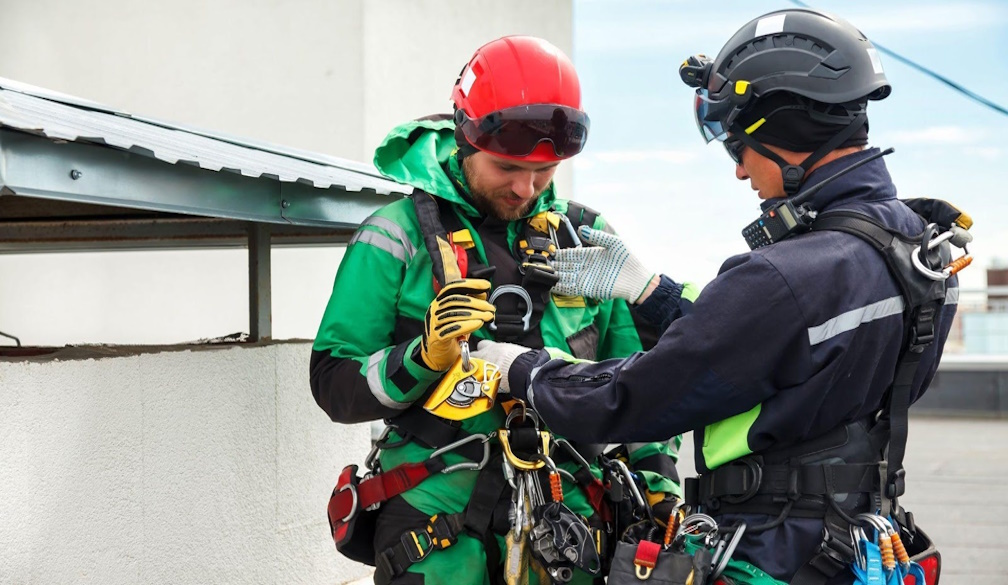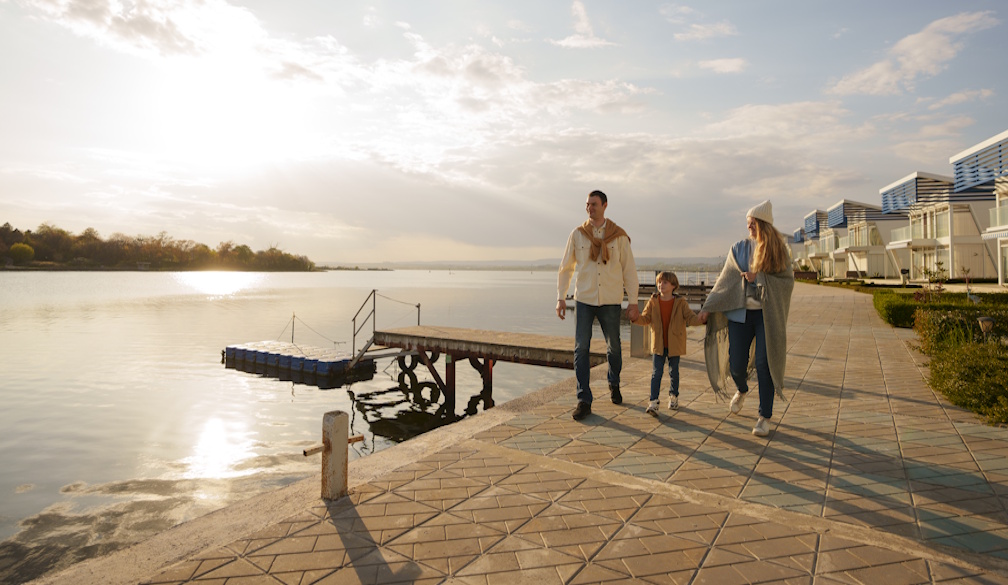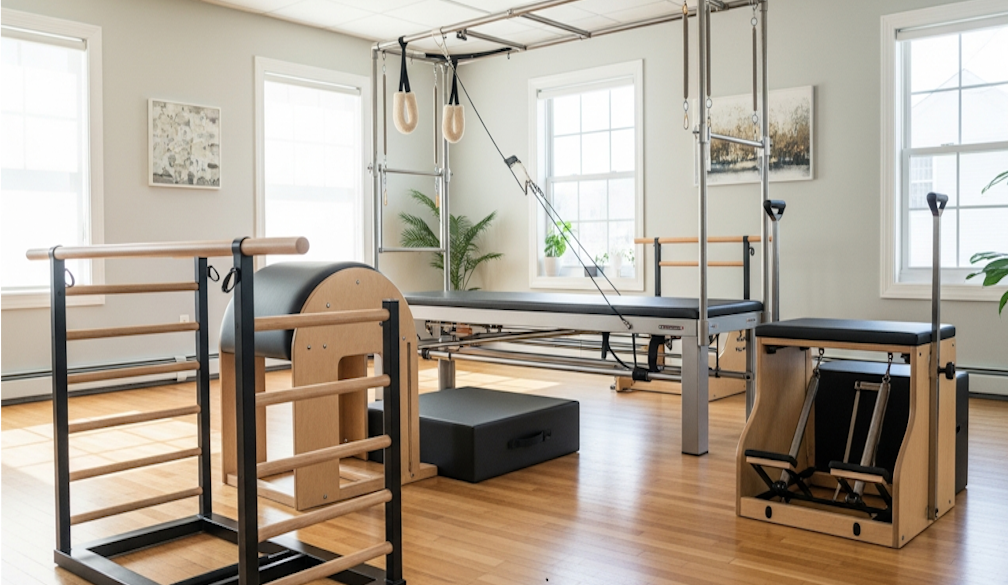Rope Rescue Training Explained: Techniques, Tools & Skills

Rope rescue training is critical for emergency responders, industrial workers, such as rope access painters, and anyone who operates in high-risk environments. Whether you're a firefighter, search and rescue team member, or working in confined spaces, proper training ensures safety and efficiency when dealing with high-angle or technical rescues.
What is Rope Rescue Training?
Rope rescue training teaches the skills needed to safely access, stabilise, and extract individuals from difficult or dangerous locations using ropes and associated equipment. It is commonly used in emergency services, industrial rescue, and outdoor adventure settings.
Who Needs Rope Rescue Training?
Rope rescue training is essential for:
- Firefighters
- Search and rescue teams
- Industrial and construction workers
- Arborists
- Mountain and cave rescue personnel
- Military and tactical response teams
These individuals must be trained in both self-rescue and assisting others in various high-risk situations.
Levels of Rope Rescue Training
1. Awareness Level
- Introduction to rope rescue concepts
- Basic knot-tying techniques
- Recognising hazards and when to call for advanced assistance
2. Operations Level
- Setting up basic rope systems
- Understanding anchor points and mechanical advantage
- Conducting low-angle rescues
3. Technician Level
- High-angle rescue techniques
- Advanced rope systems and rigging
- Vertical rescue scenarios
- Patient packaging and extraction methods
Key Components of Rope Rescue Training
1. Equipment and Gear
- Static and dynamic ropes
- Harnesses and helmets
- Carabiners and belay devices
- Pulleys and mechanical ascenders
- Anchors and rigging systems
2. Knots and Hitches
- Figure-eight knot
- Bowline knot
- Clove hitch
- Prusik hitch
3. Anchors and Rigging
- Natural and artificial anchors
- Load-sharing techniques
- High-strength tie-offs
4. Mechanical Advantage Systems
- Simple and compound pulley systems
- Raising and lowering techniques
- High-line systems for difficult rescues
- Rope rescue pulley systems for controlled movement and weight distribution
5. Patient Packaging and Extraction
- Securing patients in a litter
- Handling unconscious or injured individuals
- Vertical and horizontal extraction methods
6. Team Coordination and Communication
- Commands and signals
- Roles and responsibilities in a rescue scenario
- Stress management and decision-making under pressure
Real-World Applications of Rope Rescue
Fire and Emergency Services
- Rescuing individuals from burning buildings
- Recovering victims from cliffs or high structures
Industrial and Construction Sites
- Confined space rescues
- Tower crane and scaffolding incidents
Wilderness and Outdoor Rescues
- Mountain and canyon rescues
- Cave and crevasse extractions
Rope Rescue Training Courses and Certifications
To become proficient in rope rescue, formal training is required. Some of the most recognised courses include:
- NFPA 1006 & NFPA 1670 Certification (for emergency responders)
- IRATA (Industrial Rope Access Trade Association) Training
- SPRAT (Society of Professional Rope Access Technicians) Certification
- Wilderness and Vertical Rescue Courses by accredited services
Each of these certifications involves both classroom instruction and hands-on field training.
How to Choose the Best Rope Rescue Training
When selecting a rope rescue training program, consider:
- Accreditation: Ensure the course meets national and industry standards.
- Hands-on Training: Practical experience is essential for mastering skills.
- Instructor Experience: Look for trainers with real-world rescue experience.
- Equipment Quality: Training with industry-standard gear prepares you for real scenarios.
Conclusion
Rope rescue training is an essential skill set for professionals working in hazardous environments. From basic awareness to advanced rescue techniques, proper training ensures efficiency and safety in critical rescue situations. Whether you're responding to a high-angle emergency or conducting an industrial rescue, having the right knowledge and practice can mean the difference between life and death.
If you're looking to get trained, find an accredited course that matches your needs and start building your rope rescue skills today!

























